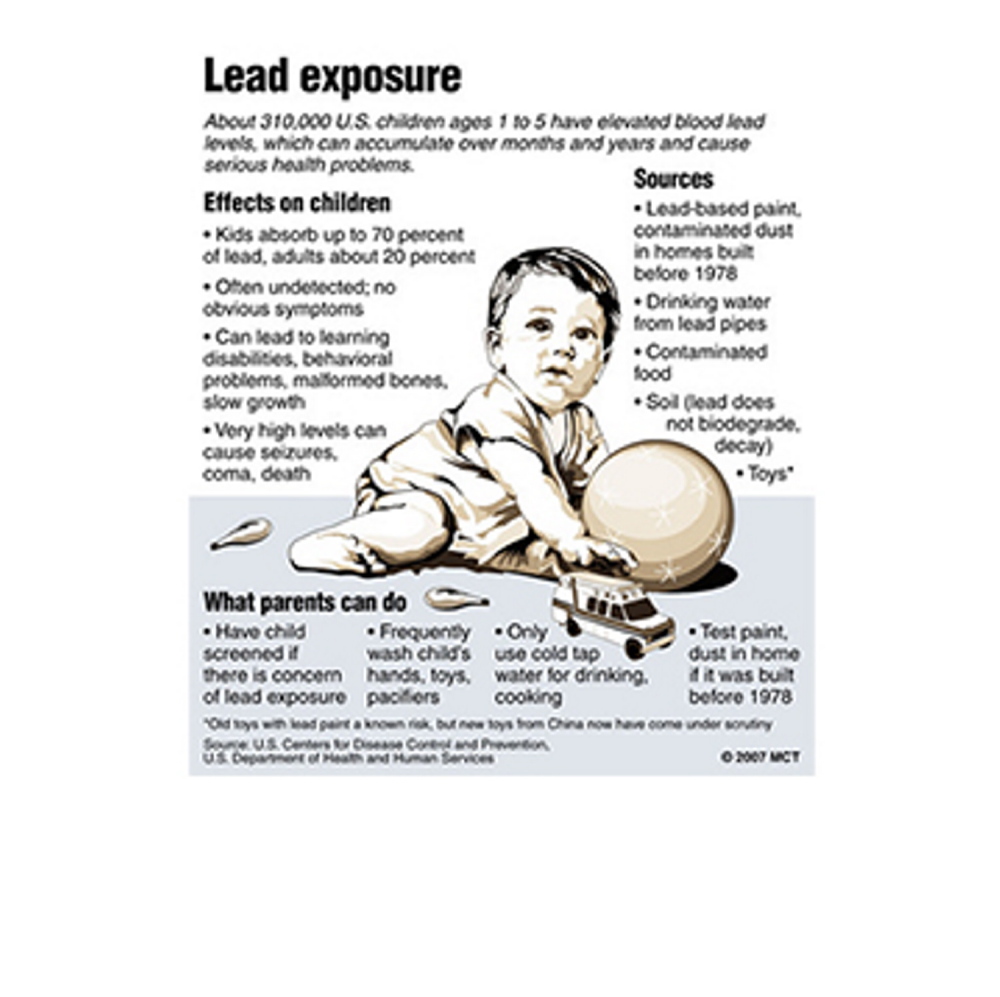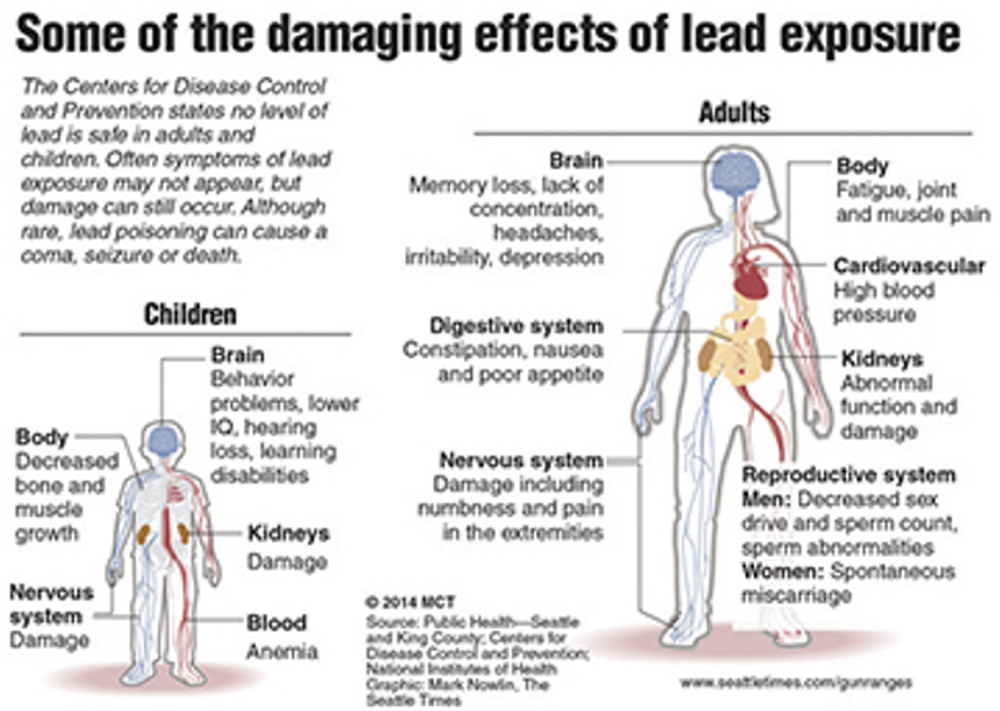Thousands of Maine youngsters are exposed each day to a toxin that’s known to stunt children’s growth, cause lifelong learning and behavior troubles and raise the chance that they’ll drop out of school and break the law.
But five years after Maine had promised to eradicate childhood lead poisoning, the problem hasn’t gone away. And the state, unfortunately, is waiting until after children get poisoned to take action — shunting too many Maine children to society’s margins.
An average of 130 Maine kids — primarily from low-income families — were diagnosed with lead poisoning each year between 2003 and 2013, according to a Maine Center for Public Interest Reporting investigation.
The problem is particularly acute in Lewiston and Auburn, which have a lot of the cheaper, older apartments that are most likely to be contaminated. But the number of lead-poisoned children is expected to surge statewide, because a new state law has lowered the blood lead level that triggers a diagnosis.
Instead of screening homes for the toxin, Maine takes the ethically dubious approach of using children as lead detectors. Once a child is identified as lead-poisoned, then the state conducts a home inspection, relocates the family if necessary and works with the property owner to fix the site.
The state doesn’t have nearly enough money for screening or cleanup. The Legislature boosted Maine public health funding to accommodate the expected spike in diagnoses, but that runs out in two years. And it cost the state $22.4 million (mostly in federal funds) to fix 1,900 housing units between 1998 and 2014 — while Maine has over 276,000 units where children could be exposed to lead.
The better choice is prevention. Lewiston and Auburn secured a federal grant that includes money to improve unsafe rental housing.
But the state has been lukewarm to such efforts. The Department of Environmental Protection, for example, spurned a proposal to hire two people to enforce a 2010 federal law that requires contractors to be trained in and follow practices that keep lead particles from spreading during home renovations.
The toll of childhood lead poisoning is high. Special education for each lead-poisoned child costs $16,800 a year, according to national research. A Maine-based study found that as a group, children born here in 2008 can expect to earn “nearly $240 million less (in 2008 dollars) throughout their lifetime” because of the impact of lead on their brain functioning and ability to learn.
These statistics make clear that Maine can either pay to prevent lead poisoning, or spend to address its effects. If we want to give all children a chance to become healthy, productive adults, the wise course of action should be an obvious one.
Send questions/comments to the editors.



